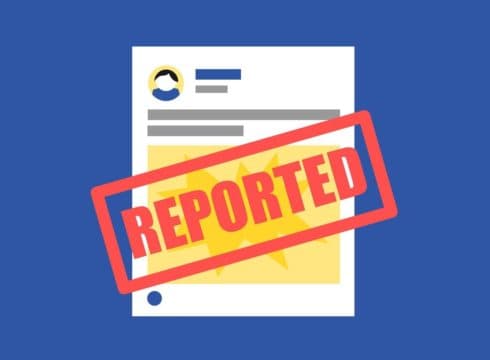India has submitted over 77K takedown requests across platforms
20% of the requests were submitted by the Indian government
The data reflects requests submitted between July 2009 to July 2018
Inc42 Daily Brief
Stay Ahead With Daily News & Analysis on India’s Tech & Startup Economy
Even before the Indian government could zero down on policies to regulate social media platforms, a UK-based technology research firm Comparitech, in a report published on October 1, revealed that government tried to control online content.
The “which government censors online data the most” report points out that social media platforms and global technology companies such as Facebook, Twitter, Google and Microsoft have received 77,620 takedown content requests from India from July 2009 to July 2018. Out of these, 20% requests from the Indian government, amounting to over 15K requests across platforms.
India accounts for over 19.86% of the total 3.9 Lakh requests these companies have received globally in the same time span. Google was the first company to collect such data on biannual bases from July 2009. Soon other companies such as Twitter, Facebook, Microsoft and Wikimedia joined in.
India has been neck-to-neck with Russia, which makes up for 19.75%, ie 77,162 takedown requests. In addition, 20% of the requests were filed by the Russian government itself. Turkey and France stand in the third and fourth positions with 63,585 and 49,971 requests respectively. In the fifth position, there is almost a 50% drop with Mexico’s 25,036 requests.
The report also clarified that India has not dominated on all platforms.
Indian Govt’s Push For Social Media Regulations
The Ministry of Electronics and Information Technology (MeitY) has been trying to finalise the Information Technology Intermediaries Guidelines, since its release in December 2018, to regulate social networking platforms. However, the government body has not reached a concrete decision yet.
Over the last few months, MeitY has been coming up with various policies to curb the increase of fake news, misinformation and “objectionable” content on social media. Last month, the department had asked social media platforms to remove such content within 24 hours and update the government regarding the origin of the messages or posts within 72 hours.
To omit any scope of loopholes, MeitY also decided to define the term “unlawful” content. With this step, it plans to bring clarity on what is “safe” for social media networks. The government had also expressed its intention to relax the original draft guidelines of December 2018, which asked social media platforms to develop an automated instrument to “actively” monitor online material.
In addition, MeitY also wrote to the Unique Identification Authority of India (UIDAI), the managing body of Aadhaar, in September, to seek their opinion on the proposal of linking social media accounts to the 12-digit Aadhaar number.
However, in response to the Supreme Court’s inquiry regarding the intermediary guidelines, a government official said last month that the government does not want to go “excessive”. The department wants to protect users’ privacy, while not being unjust to the intermediaries.
{{#name}}{{name}}{{/name}}{{^name}}-{{/name}}
{{#description}}{{description}}...{{/description}}{{^description}}-{{/description}}
Note: We at Inc42 take our ethics very seriously. More information about it can be found here.


